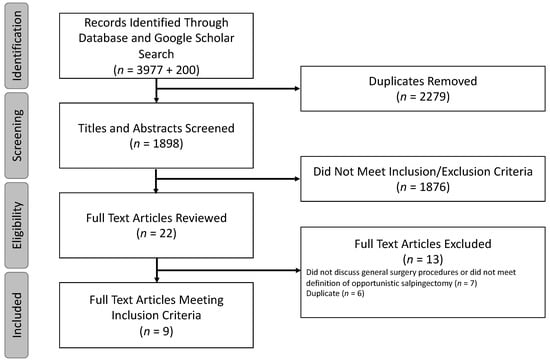– Simple vulvectomy is a surgical procedure for severe vulvar lesions that cannot be treated with local excision or other conservative therapy.
– Conditions that may require simple vulvectomy include extensive carcinoma, Paget’s disease, and severe leukoplakia.
– Unlike radical vulvectomy, simple vulvectomy does not require an incision all the way to the perineal fascia.
– The procedure involves removing the skin and subcutaneous tissues of the vulva.
– Attention must be paid to controlling hemorrhage around the urethra and lateral pudendal vessels to avoid complications.
– The patient is placed in the dorsal lithotomy position during the procedure.
– An elliptical incision is made around the lesion, starting from above the labial folds on the mons pubis and extending down the lateral fold of the labia majora and across the posterior fourchette.
– The pudendal artery and vein should be clamped before incising to prevent major blood loss.
– Additional incisions may be made above the urethra and laterally to avoid damaging the urethral meatus and rectum, respectively.
– The specimen is transected between perforations made in the vaginal mucosa, leaving it attached only to the fat pad in the mons pubis and the vascular plexus surrounding the suspensory ligaments.
– The clitoris is clamped and tied before being transected with scissors.
– Closure of the wound starts with closure of the posterior wall of the vaginal mucosa to avoid contracture of the vaginal introitus. Closure then continues in the mons pubis, levator ani muscles, perineal body, and urethral meatus.
– Closure is done using synthetic absorbable sutures.
– A catheter is inserted into the urethral meatus and removed after 24 hours.
– The patient is ambulated immediately after the procedure.
– Laxatives and stool softeners are administered on the third postoperative day.
– After surgery, drains may be placed to remove fluid build-up.
– Risks and side effects of vulvectomy include bleeding, infection, wound issues, fluid-filled cysts, urinary tract infections, lymphedema, changes in appearance and libido, genital numbness, and discomfort.
– Recovery may involve a hospital stay, catheter placement, Sitz baths, and medication.
– At home, soft, clean towels and a Sitz bath are needed for hygiene.
– Loose clothing and cotton underwear are recommended for comfort.
– Patients may require assistance with daily tasks until they feel better.
– Patients are advised to take prescribed medications as directed to manage pain, prevent infection, and avoid constipation.
– Patients are encouraged to contact their healthcare team if they experience any new or worsening symptoms.
– Recommendations for managing constipation include dietary changes, increased fluid intake, and over-the-counter medications (with consultation with healthcare team).
– Deep breathing and rest are suggested for pain management, lung health after anesthesia, and lymphatic fluid drainage.
– A relaxation exercise is provided as an example.
– It is emphasized that the specific plan and recovery should be discussed with the healthcare team.
Continue Reading






